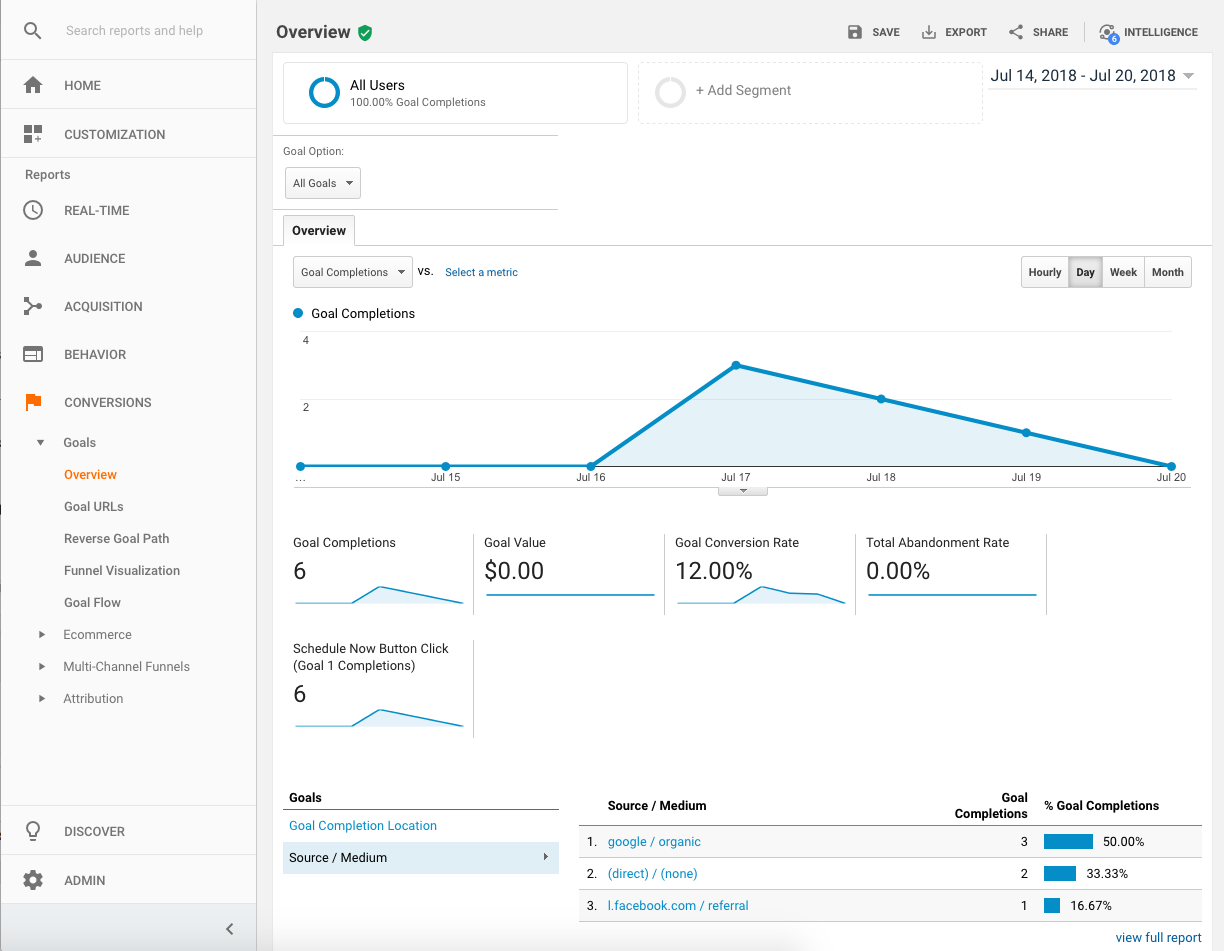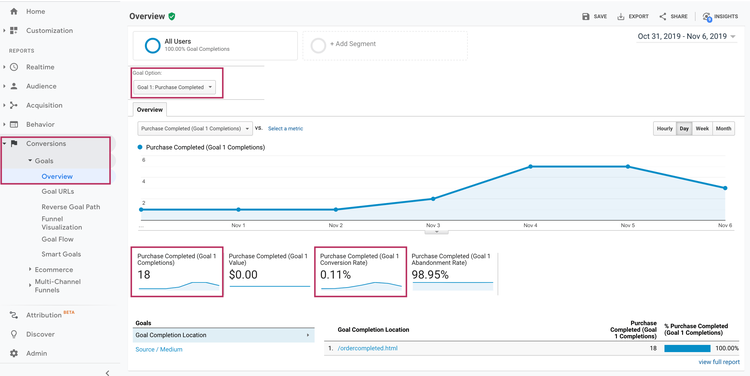Discovering What Data Is Google Analytics Goals Unable to Track
Wiki Article
Debunking Google Analytics Limitations: Reveal What Information Goals Can not Track
In the realm of digital analytics, Google Analytics stands as an effective device that supplies useful insights into internet site efficiency and individual behavior. Amidst its capacities, there exist constraints that typically go unnoticed. Understanding what Google Analytics can not track is critical for a thorough grasp of information analysis and decision-making processes. From the details of individual interaction with vibrant content to the intricacies of cross-device individual trips, these restrictions clarified locations that may remain covered from traditional analytics viewpoints. By unwinding these constraints, a more clear picture emerges, permitting more enlightened techniques and improved insights right into user interaction and conversions.
User Communication With Dynamic Web Content
Individual communication with vibrant content plays a critical role in comprehending customer behavior on sites and maximizing the general individual experience. Dynamic web content refers to elements on a web page that can transform without the demand for a full page reload. This includes interactive aspects such as pop-ups, sliders, kinds, and video clips that reply to user actions in real-time. By tracking user interactions with dynamic material, internet site proprietors can gain valuable insights into individual interaction, choices, and actions.Google Analytics offers different devices to track user communications with vibrant material, such as event tracking and digital pageviews. Occasion tracking allows you to keep track of particular user activities, like clicking a switch or enjoying a video, offering data on just how customers engage with dynamic elements. Digital pageviews can be utilized to track interactions that do not lead to a brand-new web page load, providing a thorough view of individual interaction with dynamic web content. By analyzing this data, site owners can make enlightened decisions to enhance customer experience and drive conversions.
Cross-Device Customer Journeys
Just how can modern analytics devices track the complex courses users take across multiple tools in their on-line journeys? Cross-device individual trips provide a substantial obstacle for tracking and evaluating individual actions precisely. As users interact with websites or apps utilizing numerous devices such as desktop computers, tablet computers, and smartphones, it comes to be critical to recognize exactly how they relocate in between these systems to optimize user experience efficiently.Google Analytics encounters constraints in tracking cross-device customer trips as a result of personal privacy worries and technological restrictions - what data is google analytics goals unable to track. While it can supply insights into individual devices' communications, tracking a smooth individual journey across multiple tools continues to be a difficulty. This restriction can result in incomplete data and fragmented customer understandings, making it tough for services to produce a unified view of the consumer trip
To address this concern, companies can use advanced analytics devices that supply cross-device tracking capabilities, permitting them to acquire a much more alternative understanding of individual behavior. By leveraging these devices, services can connect the gap in tracking cross-device customer journeys and maximize their electronic methods for a seamless customer experience.
Offline Conversions and Attribution
As businesses browse the challenges of tracking cross-device customer trips, one more critical aspect to take into consideration is the world of offline conversions and attribution in the realm of information analytics. While Google Analytics supplies valuable understandings into online customer behavior, it fails when it pertains to tracking conversions that occur offline. This restriction positions a significant difficulty for businesses that have both online and offline sales channels.Offline conversions, such as acquisitions made in physical shops or through call centers, are important to comprehending the full customer journey. Without the capacity to attribute these offline conversions to details on the internet interactions, organizations may battle to accurately determine the influence of their digital marketing initiatives.
To resolve this gap, companies can check out different options such as integrating CRM systems with on-line analytics tools or using one-of-a-kind promotion codes that can be traced back to on-line projects. By bridging the space in between online and offline data, businesses can get a more comprehensive understanding of their clients' actions and improve their total advertising techniques.
Person User Recognition
In the world of information analytics, the ability to properly identify specific customers throughout various online touchpoints is an essential obstacle for businesses seeking to personalize and enhance their advertising techniques. While Google Analytics supplies useful insights into individual behavior and interactions, it drops short in enabling the recognition of particular people as a result of privacy problems and technical constraints. Google Analytics utilizes unique identifiers such as cookies to track individual sessions and habits, yet these do not equate to recognizing specific users in an individual sense.
Information From Secure Pages
Regardless of the raising prevalence of protected web pages on internet sites, acquiring information from these encrypted resources provides a distinct challenge for digital analytics systems like Google Analytics. Secure web pages, indicated by HTTPS in the link, secure data exchanged in between the customer's web browser and the web site's web server to make certain personal privacy and security. While this security is essential for protecting sensitive details, it additionally presents limitations for tracking user habits and gathering analytics information.Google Analytics encounters challenges in collecting in-depth information from secure pages because of the security protocols in position. Consequently, certain information factors such as referral sources, keyword searches, and also some individual communications might not be completely recorded when users access a site through a secure link. This constraint can influence the precision and completeness of the information evaluation, bring about gaps in comprehending individual actions and preferences on safe web pages.
To browse this obstacle, electronic experts might require to discover alternative tracking methods or leverage other tools specifically developed to gather insights from secure pages. By adapting methods to fit these site constraints, services can still obtain useful analytics in spite of the restrictions provided by encrypted connections.
Conclusion
In final thought, Google Analytics has limitations in tracking customer interaction with vibrant content, cross-device customer trips, offline conversions, private customer identification, and information from safe web pages. In spite of its valuable understandings, Google Analytics might not supply a complete photo of user interaction across different touchpoints.Individual communication with dynamic material plays an important duty in recognizing user habits on websites and optimizing the general user experience. By tracking individual communications with vibrant content, web site proprietors can acquire useful understandings into individual involvement, preferences, and habits.
Google Analytics makes use of unique identifiers such as cookies to track individual sessions and habits, yet these do not equate to determining specific users in a personal sense.
As an outcome, particular data points such as reference resources, keyword searches, and even some individual communications might not be fully recorded when users access a web site via a safe link.In final thought, Google Analytics has limitations in tracking customer communication with vibrant web content, cross-device user journeys, offline conversions, individual user identification, and information from protected web pages.
Report this wiki page